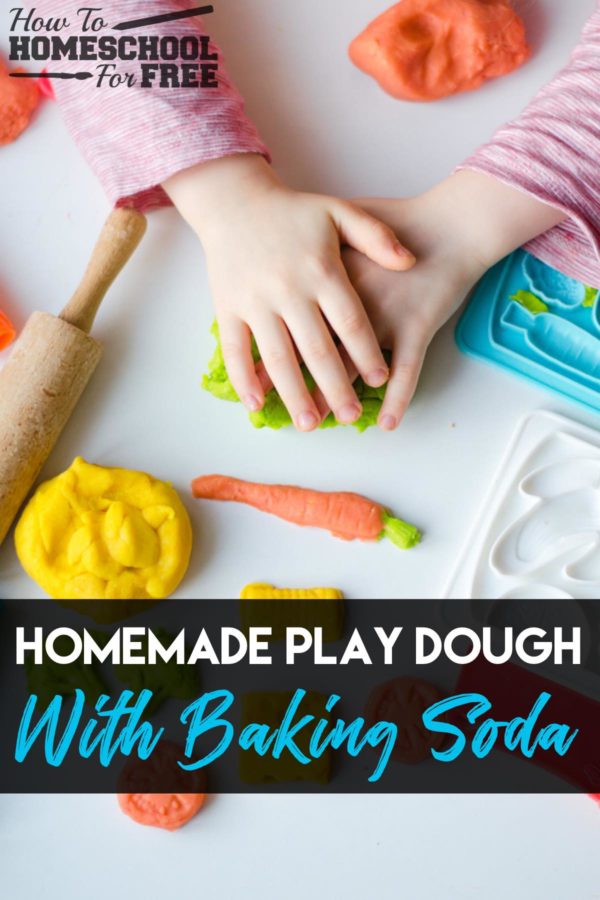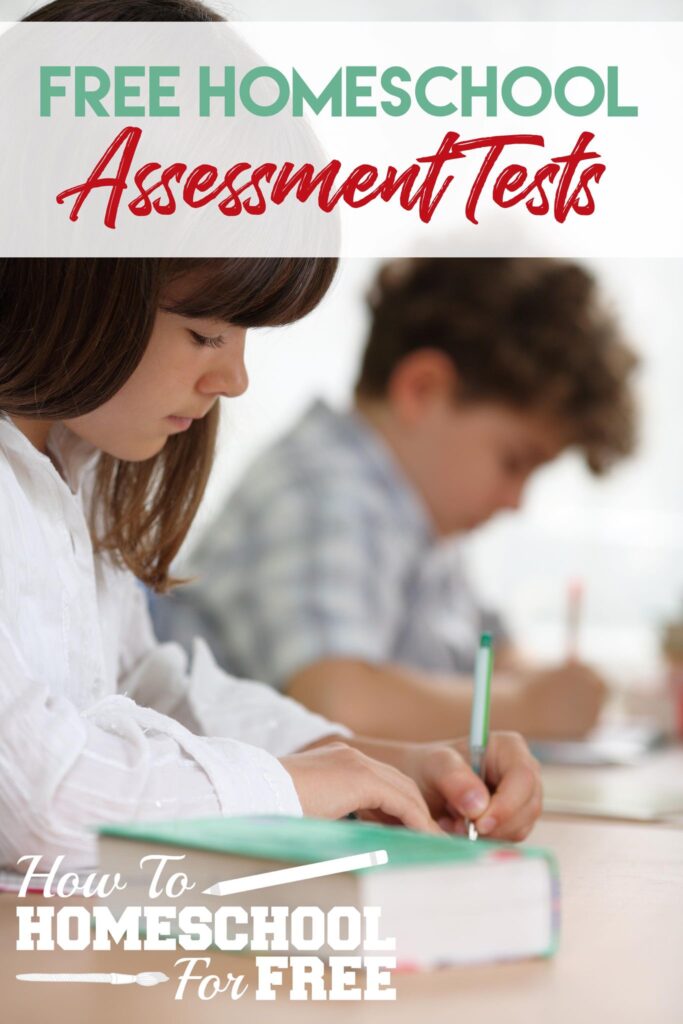
A writing prompt journal can be a great way to encourage your kids to write every day – especially in the summer when they don’t want to do “regular school” – regardless of whether your kid struggles with writing or loves it. Why are writing journals so effective? A journal allows kids to be creative and have fun without the pressure that goes along with more formal writing. It’s an awesome way for kids to exercise their writing and creativity muscles. You can keep a theme, or just let them write what they are feeling that day.
Create Your Journal Together
Sure, there are plenty of cute, pre-made writing journals out there, but this is really one of those times that making it yourself is going to benefit you and your child the most. Pick out a fun binder, choose all your favorite colors for paper and folders, and dividers, and decorate it with fun craft supplies like glitter and stickers. Make an “About the Author” page for your child to customize with fun details and pictures.
Include Different Types of Creative Writing Activities for a Writing Prompt Journal
One of the best things about writing prompt journals is that kids get chances to try out all sorts of writing. Many kids don’t like writing because they have only written in a couple of contexts. Your kids may discover a love for writing through one of these prompts. I like to type and print a page with a new prompt to put in the front of the journal for reference.
Narrative Writing
Narrative writing includes much more than writing a story. Kids can also write a personal narrative (something that happened to them written in story format), create silly stories, and retell favorite novels or movies. It’s a lot of pressure to give kids a blank page and tell them to “tell a story,” so good prompts can be incredibly helpful here.
Expository Writing
Expository writing is writing to inform. Kids get a chance to become an expert. You can create prompts around things your kids know, such as describing a favorite app or sport. Kids can also write directions or recipes. They can write about the best ways to care for the family pet. There are so many ways to get creative with expository writing.
Writing a Letter
You can start with basic letter writing, such as writing a letter to a friend or family member. Then, you can branch into more creative areas, like writing to a state representative, a favorite book or film character, or a famous historical figure. Around the holidays, we like to write letters to our local retirement home and my kids have even gotten a few pen pals over the years!
Recalling Memories
Journals are a great place to record memories. You can start a prompt with “Tell about a time when…” or use a picture prompt. Paste in a photo from when your children were younger and let them write about what they remember.
Using Imagination
There are many imaginative, creative writing prompts you can use. Kids can write about something completely new, like inventing a planet and its inhabitants or they can extend a favorite story by telling what happened to the characters after the ending. Kids can come up with an innovative solution to a problem or invent a new product. The possibilities are endless here.
Opinion / Persuasive
This one is the undisputed, all-time favorite in my house. My children have some strong opinions about many things, like their mutual disdain for cooked cabbage! Do your kids have a strong opinion on one thing or seven? Well, here’s their chance to express themselves, by turning it into opinion writing.
There are many different ways to approach an opinion essay. Kids can express an opinion and support it. You can also prompt your kids to persuade someone of something, like why you should buy them a new video game console.
Compare and Contrast
This is definitely a “formal” writing format, but it goes well with opinion/ persuasive prompts. Kids simply pick two topics and write about their differences and similarities: dogs and cats as pets, bacon and sausage for breakfast, store-bought and homemade treats for holidays or social events, etc. The choices are endless, and the more creative, the better!
Reluctant Writer? Make Lists in your Writing Prompt Journal
One of my favorite ways to get reluctant writers to write is through lists. For some reason, lists aren’t as daunting as paragraphs. There’s a lot you can do with lists: top ten favorite toys, a grocery list for a favorite meal, ten places you’d like to visit, etc.
Have Fun With It!
Writing is such an important part of our dedication journey with our kids. Honing these skills in fun and creative ways helps even reluctant writers feel less confined and stretch their writing muscles. Make this writing prompt journal with your kids and open even more avenues for creativity and opportunities to learn to love writing!
***Be sure to join our How To Homeschool For Free Support Group for daily encouragement and more great resources for your homeschooling journey!***






















